
Roads are Opening Up
The Assisted Reproduction service combines various techniques to achieve a pregnancy when something prevents it from occurring naturally. It is an expensive specialty and demands technology, both for the diagnosis of the obstacle and for its solution
By Mileyda Menéndez Dávila
July 14, 2020
Translated and edited by Walter Lippmann for CubaNews.
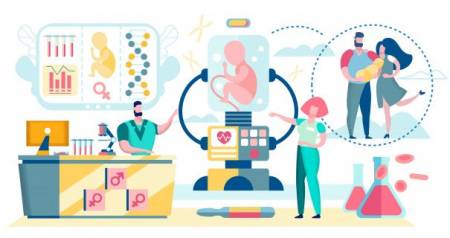
Assisted Reproduction Author: Juventud Rebelde Published: 14/07/2020 | 11:04 pm
The Assisted Reproduction (AR) service combines various techniques to achieve a pregnancy when something prevents it from occurring naturally. This is an expensive specialty that demands technology, both for the diagnosis of the obstacle and for its solution.
High-tech options
Vitro Fertizization (IVG) requires an authorized laboratory for the sperm to fertilize the oocytes in a controlled environment. In less than a week, viable embryos can be transferred to a woman’s uterus to follow the natural course or frozen.
It is a complex, laborious method; only a quarter of the transfers are effective. The number of attempts depends on the number of embryos achieved.
There are classic IVF (the environment is created and the cells are activated) or by intracytoplasmic injection (the sperm is inoculated directly into the cell). In Cuba the first one is done.
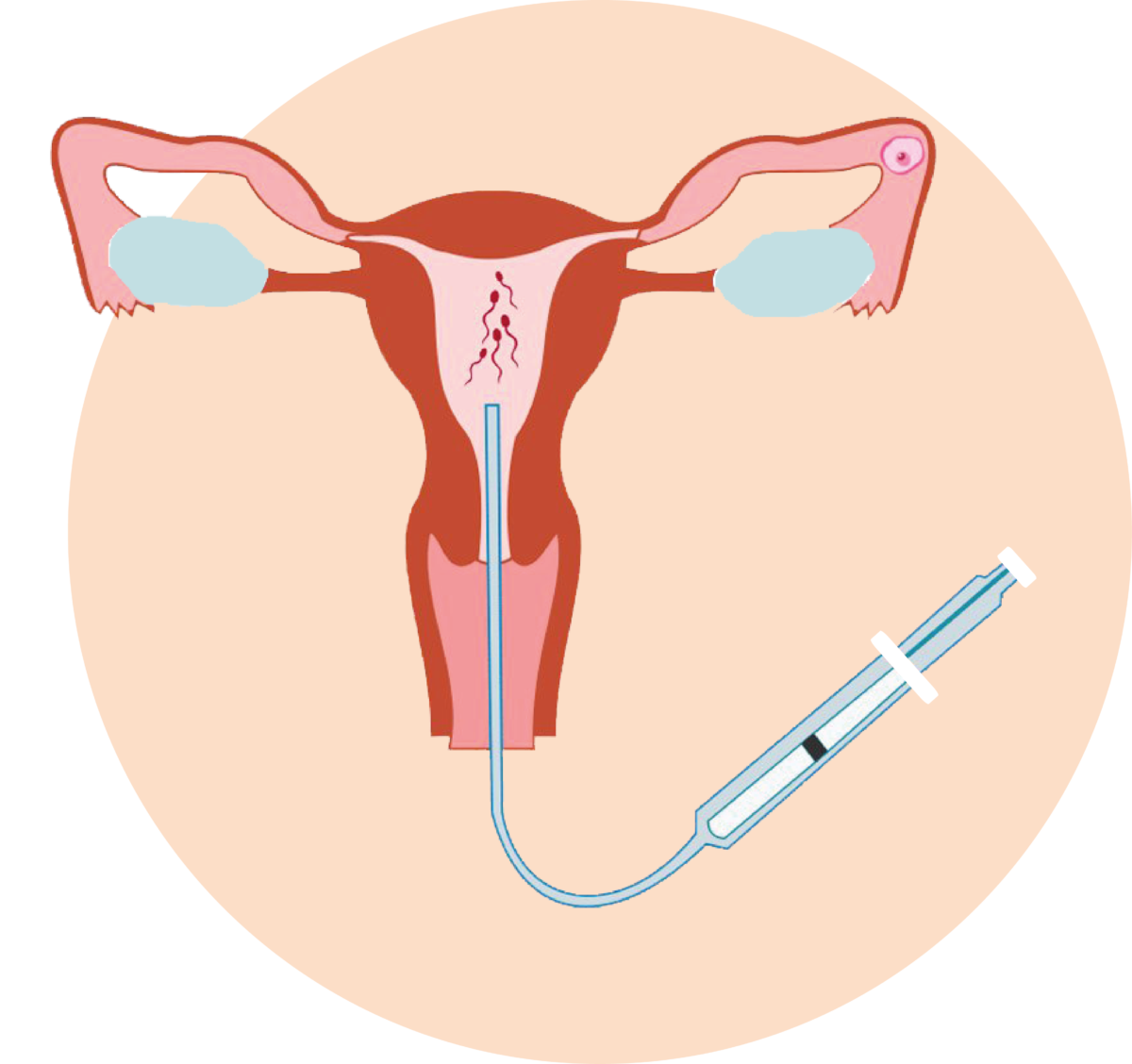
Low-tech options
The most common technique is artificial insemination (AI): a catheter is used to deposit a concentrate of previously purified sperm in the uterus and fertilization is expected to occur. It can be fresh or frozen semen.
Depending on the link between the recipient and the donor, the AI is homologous if there is a marital relationship, or heterologous when the sperm comes from a bank (guaranteed, but anonymous).
The technique is simple and its complications are very low. The probability of success is between 15 and 25 percent, but several attempts can be made. High-tech options
In Vitro Fertilization (IVF) requires an authorized laboratory for the sperm to fertilize the oocytes in a controlled environment. In less than a week, viable embryos can be transferred to a woman’s uterus to follow the natural course or frozen.
It is a complex, laborious method; only a quarter of the transfers are effective. The number of attempts depends on the number of embryos achieved.
There are classic IVF (the environment is created and the cells are activated) or by intracytoplasmic injection (the sperm is inoculated directly into the cell). In Cuba the first one is done.
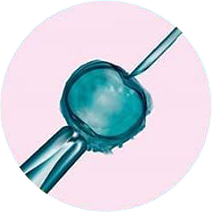
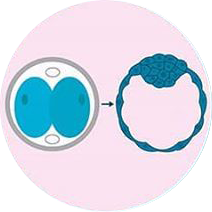
In vitro fertilization Observation of the embryonic development day by day
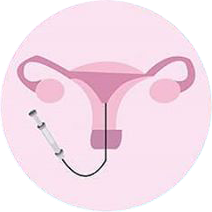
Embryo transfer to the uterus
The technique is simple and its complications are very low. The probability of success is between 15 and 25 percent, but several attempts can be made.
Solidarity childbirth
An increasingly common option for overcoming obstacles is surrogacy: a healthy woman is inseminated or lends her womb to receive embryos, and then hands over the baby to the person or couple who will raise it.
Examples of solidarity are the donation in sperm banks and giving embryos to other women when the desired number of children has been reached and they are available. Countries should regulate these processes because of the ethical and legal implications for their participants.
More than infertility
The AR is a useful service for very diverse users:
– Couples who are infertile due to a health condition detected in one or both of their members.
– Couples with no apparent obstacle that has tried for a reasonable time and does not achieve the desired pregnancy.
– Persons who wishe to exercise maternity or paternity without another parental figure in the upbringing.
– Couples of the same sex who depend on a donor or supportive womb.
– A person whose circumstances prevent the materialization of coitus or the assumption of parenthood and who wants to preserve his or her reproductive cells for more opportune stages. This has been the case for artists, sportsmen, people deprived of their liberty, with high-risk jobs or under medical treatment that compromises their fertility.

You must be logged in to post a comment.